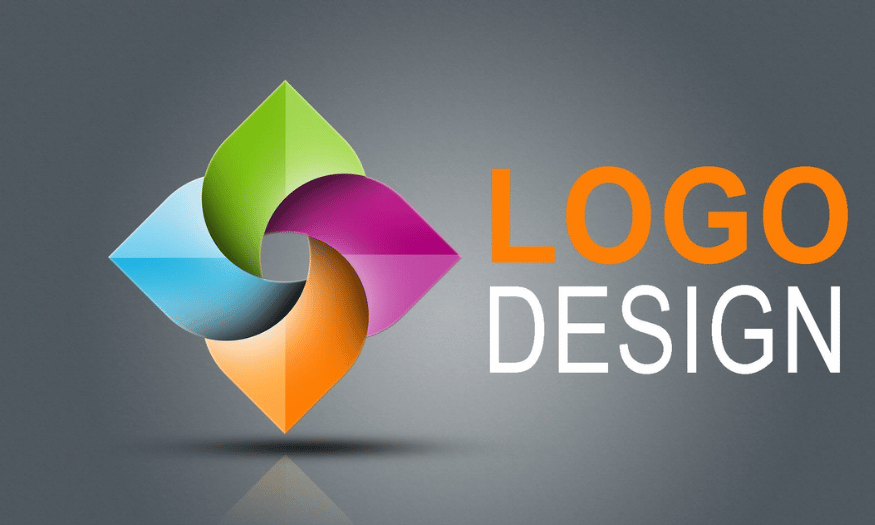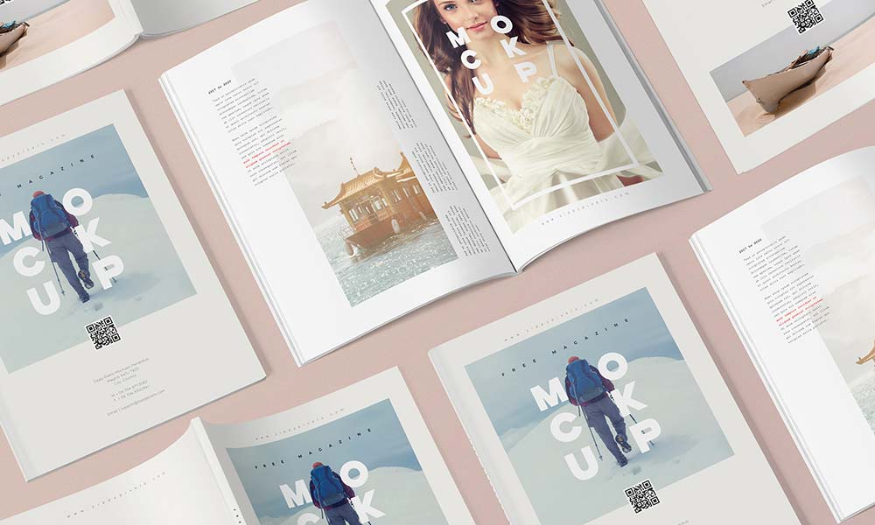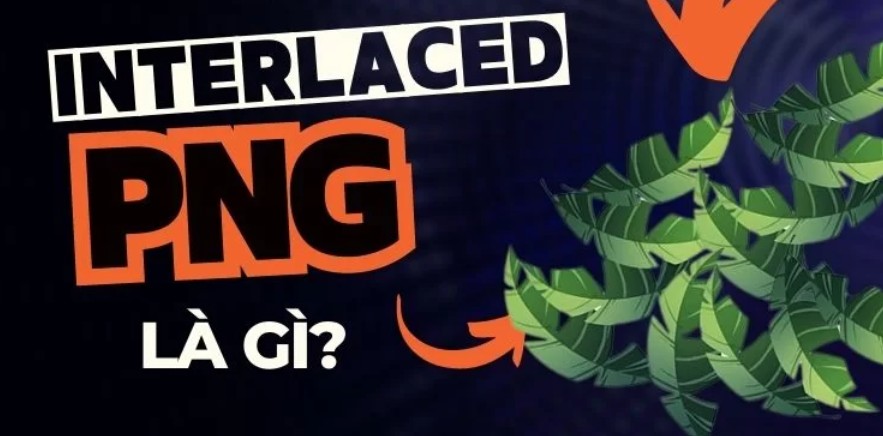Best Selling Products
Decoding Why Big Brand Logos Are Simple?
Nội dung
- 1. What a Simple Logo Should Have
- 2. Famous Brands with Simple Logos
- 2.1 Coca-Cola
- 2.2 London Underground
- 2.3 Apple
- 2.4 FedEx
- 2.5 Nike
- 3. Simple logo design tips
- 3.1 Create unique wordmark
- 3.2 Explore geometric shapes
- 3.3 Color palette limitations
- 3.4 Ensure easy identification
- 3.5 Keep the design clean and elegant
- 3.6 Testing and Adjustment
- 4. Conclusion
In the modern world, a logo is not only an identifying symbol but also the soul of a brand. Big brands like Apple, Nike or McDonald's all choose simple, memorable and recognizable logo designs. This is not by chance but the result of a thorough research and testing process. Simplicity in logo design brings many benefits, from attracting customers to building trust and sustainability for the brand. So why has simplicity become a popular trend in logo design for big brands? Let's explore with Sadesign the key factors that create the power of simple logos.

In the modern world, a logo is not only an identifying symbol but also the soul of a brand. Big brands like Apple, Nike or McDonald's all choose simple, memorable and recognizable logo designs. This is not by chance but the result of a thorough research and testing process. Simplicity in logo design brings many benefits, from attracting customers to building trust and sustainability for the brand. So why has simplicity become a popular trend in logo design for big brands? Let's explore with Sadesign the key factors that create the power of simple logos.
1. What a Simple Logo Should Have
When it comes to logo design, the philosophy of “less is more” is the guiding principle for many successful brands. Minimalism is not just a design trend, but a profound approach to communicating a brand message. Simple logos often use a minimalist form, eliminating unnecessary elements to create sophistication and memorability. Think of concepts like negative space, where emptiness can speak volumes. Minimalist logos are not only aesthetically pleasing, but also highly effective in brand recognition across multiple platforms.
A simple logo can be a brand symbol, a design that only includes the business name without any complex imagery, or a symbol that is iconic in nature. By removing “extraneous” elements, you can create a logo that is beautiful, versatile, and suitable for any situation. However, for your logo to truly make an impact, there are a few basic principles that need to be followed. First, the logo must be memorable; this means it must stand out enough that it is memorable to your audience. Second, it must resonate with your customers; the style of the logo should reflect what they find appealing and relatable. It also needs to be versatile, able to be used in different formats such as digital or print advertising. Finally, the logo must reinforce the brand’s personality and message, helping to create a strong connection with your audience.
.png)
2. Famous Brands with Simple Logos
In an age where consumers are bombarded with millions of advertisements and marketing messages every day, creating an impactful logo is more important than ever. A logo needs to not only be beautiful, but also quickly attract attention and be memorable. A simple logo reduces the “mental energy” that customers need to expend to recognize the brand. Big brands realize this and have designed logos that are not only easy to see but also have a strong subconscious effect, connecting well with customers. Here are some great examples of successful brands with simple yet impressive logos.
2.1 Coca-Cola
Coca-Cola is one of the most recognizable brands in the world, and their logo is a testament to the power of simple design. Without the need for complex imagery, the Coca-Cola logo relies heavily on a unique typeface called Spencerian script, developed by Frank Mason Robinson in 1885. This typeface, with its soft curves and striking red color, is familiar and easily recognizable.
The special thing about the Coca-Cola logo is its ability to create a strong impression at first sight. It not only represents a beverage brand but also becomes a cultural icon, associated with many memories of consumers. This logo image has been present in millions of advertisements, products and events, making it an indispensable part of the daily lives of billions of people around the world.
2.2 London Underground
The London Underground logo, with its simple yet effective design, has become an icon of London’s public transport system. The red circle and blue bar are not only easily recognizable, but also represent inclusiveness and welcome. The design not only conveys a sense of friendliness, but also emphasizes the idea of freedom of movement within the city.
One of the key factors that makes this logo stand out is its high visibility. Even if you are walking down the streets of London in bad weather conditions, the logo will easily catch your attention. The perfect combination of colors and shapes makes it stand out in any situation. More than just an identity symbol, the London Underground logo also contains a part of the history and culture of the city, making it unique and memorable.
.png)
2.3 Apple
When it comes to simple yet memorable logos, Apple is a must-have. The bitten apple logo has become an integral part of modern tech culture. The logo represents more than just a brand; it also represents innovation and refined design. Apple has built a strong image around its logo, making it synonymous with high-quality products and great user experiences. Every time consumers see this logo, they instantly feel the luxury and superior features that Apple products bring.
However, the journey of the Apple logo has not always been as simple as it is today. Initially, the Apple logo featured an image of Isaac Newton sitting under an apple tree, representing creativity and discovery. Over the years, as the brand became more defined, the logo underwent several changes to become more minimalist. Today, with a flat design and only three primary colors, the Apple logo is instantly recognizable, whether on product packaging or on electronic devices. The simplicity of the design not only makes the logo recognizable, but also allows it to blend seamlessly into any platform, from websites to advertisements.
What’s special about the Apple logo is how it reflects the company’s design philosophy: “Simple is best.” Every time a new product is launched, the logo appears with confidence, conveying a message of quality and constant innovation. Thanks to the combination of minimalist design and vision, the Apple logo has become a global icon, affirming the brand’s position in the hearts of consumers.
.png)
2.4 FedEx
Another great example of a simple yet effective logo is the FedEx logo. Using two primary colors, purple and orange, this logo is not only eye-catching but also easily recognizable from a distance. Purple conveys a sense of trust and professionalism, while orange represents dynamism and youthfulness. This combination creates a strong impression, making customers feel secure when choosing FedEx delivery services.
What’s interesting about the FedEx logo is how it cleverly uses negative space to create an arrow between the “E” and “X.” When you notice this arrow, it not only adds to the aesthetic appeal, but also conveys the message of speed and movement—which are core elements of the shipping industry. This subtlety shows that a logo is more than just a symbol, it’s part of a brand story that reflects the values that the company wants to convey.
The FedEx logo also clearly demonstrates that simplicity does not mean lack of power. On the contrary, simplicity in design can be highly effective in creating brand awareness. When consumers see the FedEx logo, they immediately associate it with fast and reliable shipping services. This proves that a well-designed logo can create a lasting and powerful impact in the minds of customers.
2.5 Nike
The Nike logo, a simple swoosh, is one of the most recognizable symbols in the sports industry. Known as the “Swoosh,” the logo not only represents movement, but also conveys a sense of dynamism and determination. The shape of the Swoosh evokes running, growth, and progress—all of which align well with Nike’s brand philosophy: “Just Do It.”
Despite its seemingly simple design, the Swoosh packs a big punch in the branding world. It is not only an identifying symbol but also a part of global sports culture. Every time consumers see this logo, they not only think of a sports product but also feel the spirit of overcoming challenges and the desire to achieve success. Nike has cleverly turned its logo into a symbol of strength and inspiration, encouraging people to pursue their dreams.
It is worth noting that the Nike logo is more than just an image; it is a lifestyle symbol. Whether you see it on a pair of shoes, a T-shirt, or in a TV commercial, the Swoosh is familiar and trustworthy. As such, the logo has contributed greatly to the brand’s growth, cementing Nike’s position in the hearts of consumers and in the global marketplace. The simplicity of the logo not only makes it easily recognizable, but also allows it to endure over time, proving that good design can create big changes in an industry.
3. Simple logo design tips
Ready to get started on designing your own simple logo? To help you create a logo that’s not only beautiful but memorable, check out these top tips.
3.1 Create unique wordmark
First, consider using a wordmark . This is one of the easiest ways to build a logo, like Google or Coca-Cola. By focusing on text, you can choose a striking font and a color palette that conveys your brand message. Wordmarks create strong recognition and are easily adaptable to different platforms.
A unique and easy-to-read font can make your logo stand out from the crowd. Famous brands like Disney and The New York Times have found success with this approach. Remember, simplicity in design doesn’t mean a lack of power; on the contrary, it can be the focal point that makes your brand shine.
3.2 Explore geometric shapes
Next, use shapes in your designs. Geometric shapes like circles, squares, and triangles not only add visual appeal, but they also help reinforce your brand message. Circles are often associated with movement and connection, which is great for brands that want to convey unity and friendliness.
Squares, on the other hand, represent stability, reliability, and professionalism, making them ideal for brands in the financial or tech industries. If you want to convey inspiration and dynamism, consider using a triangle; this shape can convey different meanings depending on how you design it. Don’t be afraid to explore other shapes, but always keep your overall design clean and simple.
.png)
3.3 Color palette limitations
When creating a logo color palette, the rule of “less is more” is always a good rule of thumb. Using 1-2 colors that have a specific meaning and are easy to see will help your logo stand out in the minds of your customers. Make sure the colors you choose contrast well to create a strong and memorable impression.
A limited color palette will make your logo easier to recognize and remember. It also helps avoid design clutter, allowing consumers to easily connect with your brand. It is important that the colors you choose reflect the essence and values of your brand.
3.4 Ensure easy identification
An effective logo should be recognizable. When designing, consider how your logo will appear across different platforms, from product packaging to online advertising. A clear and easy-to-read logo will help customers remember your brand.
Recognition comes not only from how it looks, but also from how you convey your message. Make sure your logo can be seen and understood even at small sizes or in different situations. This helps your brand become more familiar to consumers.
3.5 Keep the design clean and elegant
Subtlety in design is important. Avoid cramming too many details into your logo, as this can make it confusing and confusing. A simple, elegant design will make a strong impression and stay in the minds of consumers longer.
A clean logo not only feels modern, but also represents the professionalism of your brand. Make sure that every element in your design has a reason and fits the message you want to convey. A balance between the elements will help create a harmonious and approachable logo.
3.6 Testing and Adjustment
Finally, don’t be afraid to experiment with different styles and designs. Get feedback from friends, colleagues, or clients to get a multi-dimensional view of your logo. Adjusting and improving your design based on feedback will help you create a better logo that truly reflects your brand identity.
Experimentation can help you discover new and creative ideas that you may not have thought of. Be open to feedback and don’t be afraid to make changes if necessary. A good logo is the result of continuous creativity and openness to feedback from others.
.png)
4. Conclusion
In short, simplicity in logo design not only helps brands to be easily recognized but also creates a strong and lasting impression in the minds of consumers. Simple logos are often easy to remember, easy to recognize and have the ability to convey the brand message most effectively. This proves that, in today's fiercely competitive context, a simple, concise logo can be the deciding factor to help a brand stand out and maintain its position in the minds of customers. Contact Sadesign now to upgrade your software and create perfect videos!












































